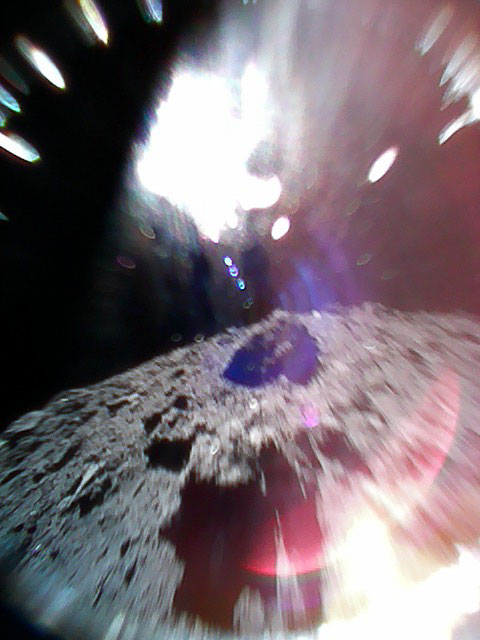An historian doing different research in the library of Great Britain’s Royal Society has accidentally discovered a long-lost original of a letter by Galileo that might clarify the events surrounding his eventual trial with the Inquisition.
The seven-page letter, written to a friend on 21 December 1613 and signed “G.G.”, provides the strongest evidence yet that, at the start of his battle with the religious authorities, Galileo actively engaged in damage control and tried to spread a toned-down version of his claims.
The question that has been bothering historians for hundreds of years is whether the letter, used as evidence against Galileo during his inquisition trail, was doctored by the inquisition or Galileo. During the trial Galileo presented a milder version that he claimed was the original. This original, with corrections in Galileo’s hand, suggests it was he that did the rewrite.
The story of how postdoctoral student from Italy, Salvatore Ricciardo, found it in a British library however is as interesting:
Ricciardo uncovered the document when he was spending a month this summer touring British libraries to study any handwritten comments that readers might have left on Galileo’s printed works. When his one day at the Royal Society was finished, he idly flicked through the online catalogue looking for anything to do with Castelli, whose writings he had recently finished editing.
One entry jumped out at him — a letter that Galileo wrote to Castelli. According to the catalogue, it was dated 21 October 1613. When Ricciardo examined it, his heart leapt. It appeared to include Galileo’s own signature, “G.G.”; was actually dated 21 December 1613; and contained many crossings out. He immediately realized the letter’s potential importance and asked for permission to photograph all seven pages.
“Strange as it might seem, it has gone unnoticed for centuries, as if it were transparent,” says Giudice [Ricciardo’s doctoral supervisor]. The misdating might be one reason that the letter has been overlooked by Galileo scholars, says Giudice. The letter was included in an 1840 Royal Society catalogue — but was also misdated there, as 21 December 1618.Another reason might be that the Royal Society is not the go-to place in the United Kingdom for this type of historical document, whose more natural home would have been the British Library.
The historians are now trying to trace how long the letter has been in the Royal Society library, and how it arrived there. They know that it has been there since at least the mid-eighteenth century, and they have found hints in old catalogues that it might even have been there a century or more earlier. The researchers speculate that it might have arrived at the society thanks to close connections between the Royal Society and the Academy of Experiments in Florence, which was founded in 1657 by Galileo’s students but fizzled out within a decade or so.







